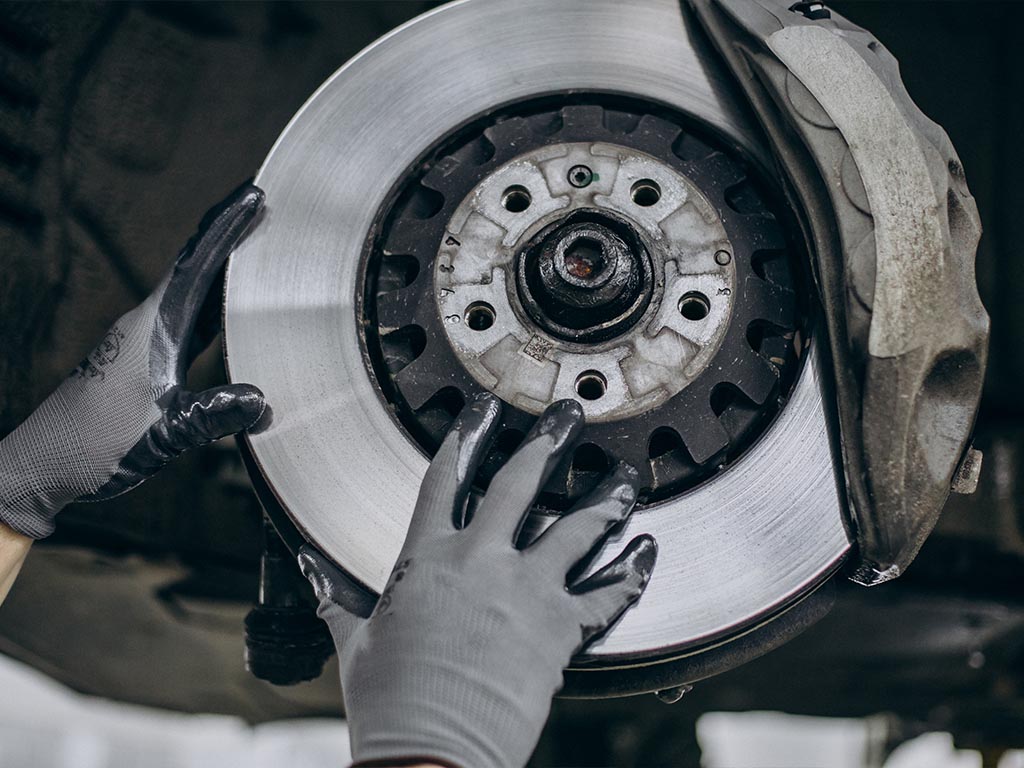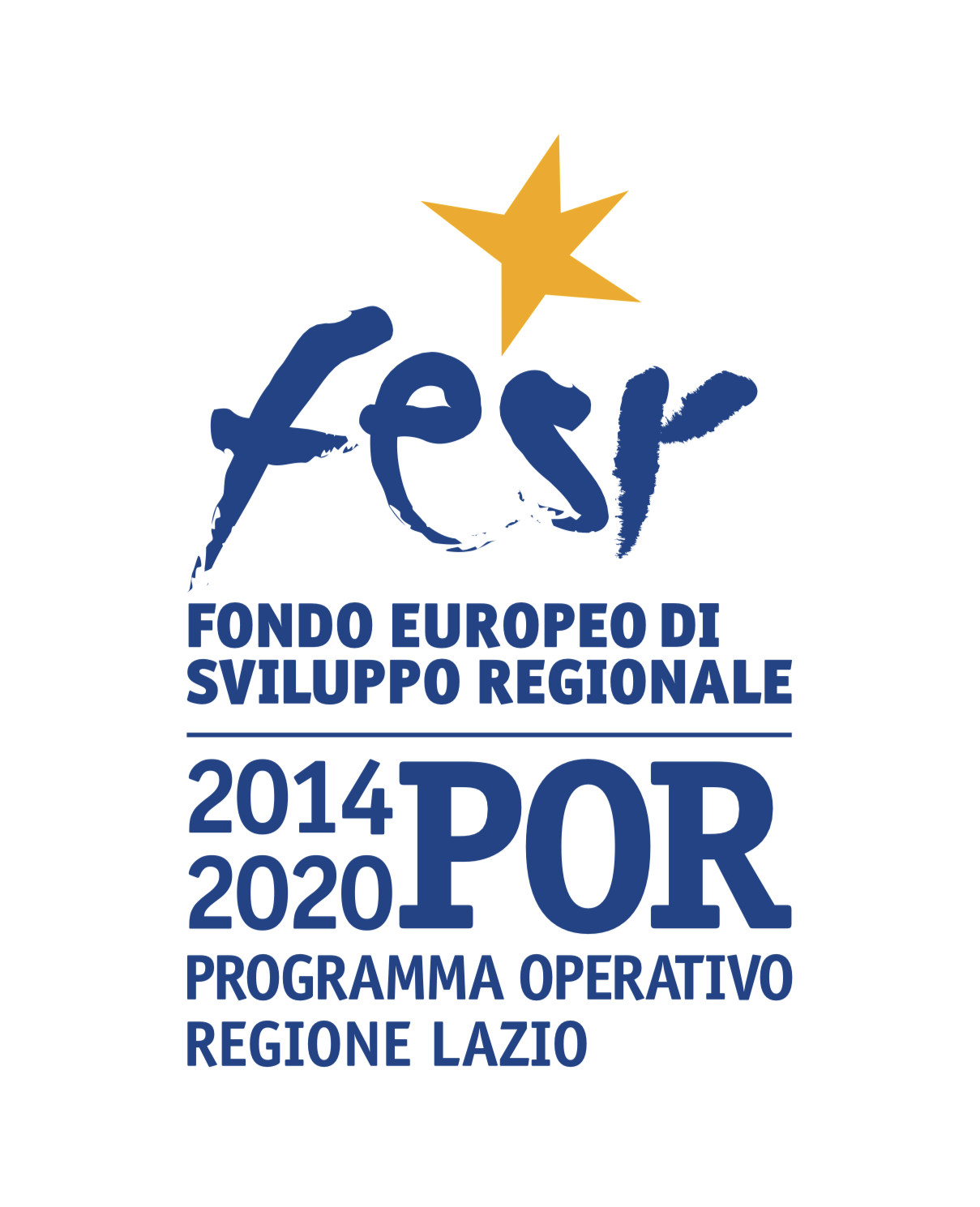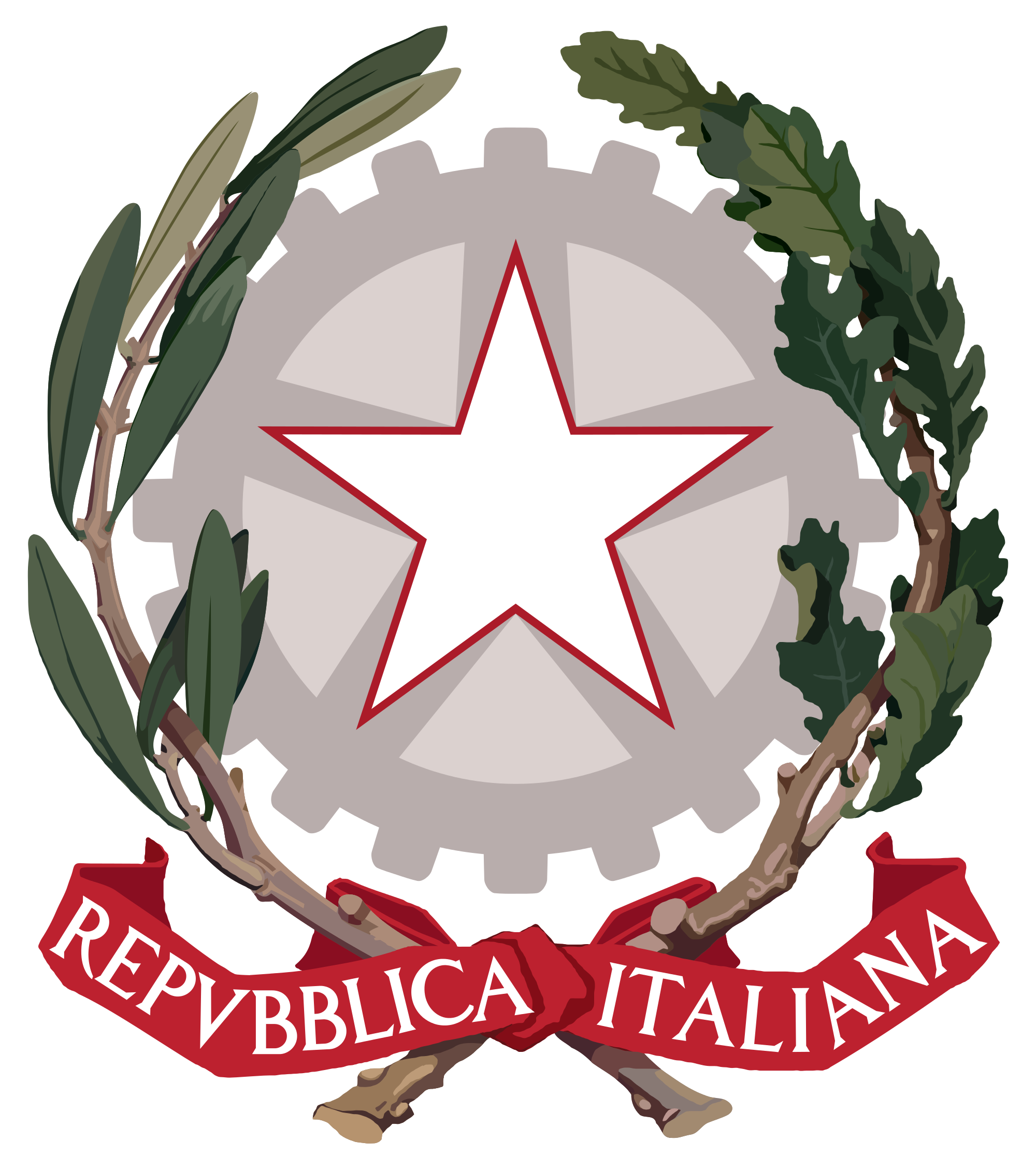
Abstract of the project
The project was born because it was highlighted that in the estimation of polluting emissions from road transport, exhaust emissions and evaporative emissions, there are side-by-side emissions from tire and brake wear of vehicles and emissions deriving from road abrasion. Attention is paid to the particulates deriving directly from the phenomena of wear and friction between the surfaces.
The goal of the project VESTA is to define a methodology capable of determining both qualitatively and quantitatively the various polluting emissions mainly due to the wear of the braking systems and the abrasion of tires and road surface. An appropriate experimental sampling and measurement system will then be defined with which to measure the emissions of both the particulate matter and any other compounds emitted so as to be able to estimate the emission factors for updating the emissions inventory.




The project will be divided into the following macro-activities:
- Documentary collection on the state of the art relating to emissions from wear of braking systems, abrasion of tires and road surface (WP1): to better define the reference context and the conditions of wear of the materials, the main systems will be analyzed first of braking, the chemical composition of the elements making up the braking system, of the tires which therefore characterize emissions by wear and abrasion. Preparatory to the design phase of the sampling and measurement system, also the analysis and evaluation phase of the main sampling systems / projects currently present for the evaluation of abrasion and therefore of the emission. On the basis of the results of the state of the art, the application scenarios will therefore be defined, that is, the pollutant measurement tests.
- Design and implementation of a sampling system for emissions due to abrasion and wear (WP2, WP3): defined the reference context and identified the main pollutants based on the constituents of the braking systems, tires and road surface. defined the measurement tests to be carried out on the basis of the operating parameters that characterize the most widespread test technologies. The operating parameters that characterize the braking systems are identified in the maximum operating temperature (on which the braking efficiency and the rate of wear of the materials directly depend), on the contact pressure (between caliper and disc), on the braking exercise and deceleration time. Finally, the parameters are directly linked to both the wear of the braking system and the wear of the tires and abrasion of the road surface: vehicle mass, state of wear and efficiency of all components of the braking system, driving cycle (driving cycle urban or extra-urban driving, as identified for all exhaust emissions).
- Experimental measurement and estimation of emission factors expressed as g / km (WP4, WP5, WP6): the most suitable system for sampling and application scenarios identified (both on the basis of the main operational parameters and on the basis of the pollutants to be measured) the experimental tests necessary for the evaluation of polluting emissions will be carried out. Once the emission parameters have been established under appropriate operating conditions, we will proceed to the analysis of a possible methodology that takes into account the regenerative braking (widely used on electric traction vehicles) and that allows to update the emission factors. The final result will therefore be the calculation and the updated estimate according to the methodology defined in the previous activities of the emission factors and expressed as g of pollutant emitted per km traveled. Particular importance will also be given to the analysis of ultrafine particulate matter (UFP), both as regards the study of the wear of the braking systems and the abrasion of tires and road surface.
The specific objectives of the project are: The specific objectives of the project are:
- Implementation of a pilot system for the generation and characterization of "non-exhaust emissions"
- Development of a methodology for the sampling and characterization of emissions
- Estimation of emission factors for updating the inventory
• University of Cassino and Southern Lazio
Francesco Petracchini
Ettore Guerriero
Valerio Paolini
Silvia Moscow
Mark Tower
